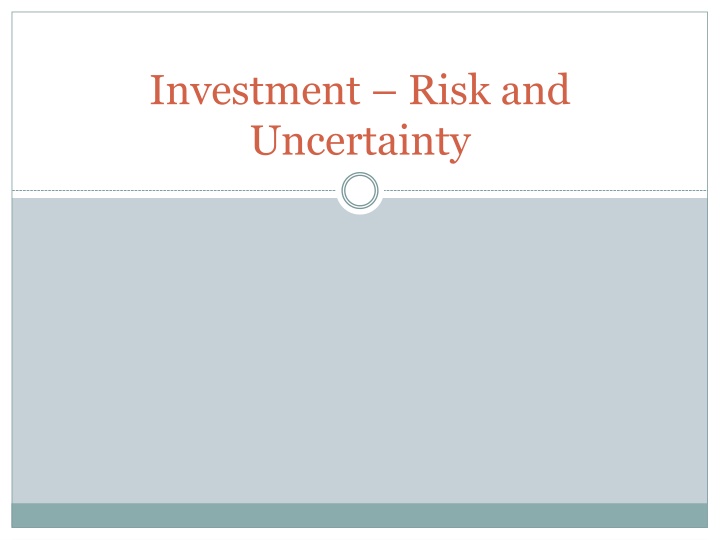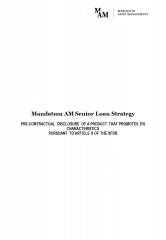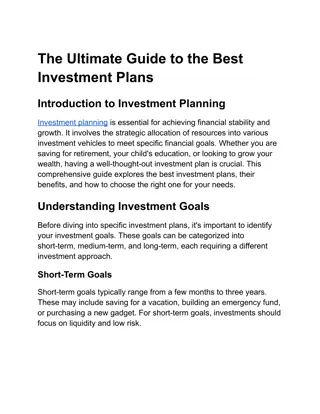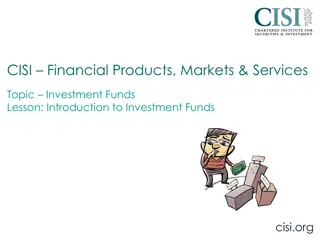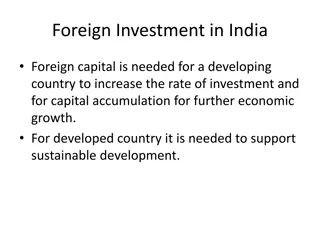Investment Strategies and Risk Types
Investment involves acquiring assets with the aim of generating income or appreciation. Learn about different types of investments, risk factors, and strategies for maximizing returns while minimizing risks. Understand the concepts of speculation, systematic and unsystematic risks, investment objectives, and the stages of the investment process.
Download Presentation

Please find below an Image/Link to download the presentation.
The content on the website is provided AS IS for your information and personal use only. It may not be sold, licensed, or shared on other websites without obtaining consent from the author.If you encounter any issues during the download, it is possible that the publisher has removed the file from their server.
You are allowed to download the files provided on this website for personal or commercial use, subject to the condition that they are used lawfully. All files are the property of their respective owners.
The content on the website is provided AS IS for your information and personal use only. It may not be sold, licensed, or shared on other websites without obtaining consent from the author.
E N D
Presentation Transcript
Investment Risk and Uncertainty
Investment An investment is an asset or item acquired with the goal of generating income or appreciation. An investment always concerns the outlay of some asset today time, money, or effort in hopes of a greater payoff in the future than what was originally put in.
Investment Investment is the employment of funds on assets with the aim of earning income or capital appreciation. Financial Investment is the allocation of money to assets that are expected to yield some gain over a period of time. It is an exchange of financial claims such as stocks and bonds for money.
Speculation It is about taking up the business risk in the hope of achieving short-term gain. It involves buying and selling activities with the expectation of making a profit from price fluctuations.
Investment Objectives Maximizing the return Minimizing the risk Maintaining Liquidity Hedging against inflation Increasing safety Saving tax
Stages of Investment Process Investment Policy Investment Analysis Valuation of Securities Portfolio Construction. Portfolio Evaluation.
Risk Risk is defined as variability in return or volatility in return. Risk is the chance of the actual return being less than the expected return. It means any deviation from the expected return.
Types of Risk 1. Systematic Risk: a. Market Risk b. Interest rate risk c. Purchasing power risk 2. Unsystematic Risk: a. Business Risk b. Financial Risk
Systematic Risk Systematic Risk affects the entire market. The entire market is moving in a direction either downwards or upwards. Systematic risk is unavoidable and beyond the control of the corporation or investor. Example: Economic Conditions, Political Situations, Sociological Changes.
Unsystematic Risk It is unique and peculiar to a firm or an industry. It stems from financial leverage, managerial inefficiency, technological change in the production process , availability of raw material, change in consumer preferences and labour problems. 1. Business risk refers to the difference between revenue and EBIT 2. Financial risk refers to the difference between EBIT and EBT. Financial risk is associated with capital structure of the company.
Uncertainty Uncertainty simply means the lack of certainty or sureness of an event. In accounting, uncertainty refers to the inability to foretell consequences or outcomes because there is a lack of knowledge or bases on which to make any predictions. Uncertainty denotes a situation where the future events are largely unknown.
Risk and Uncertainty Risk is simpler and easier to manage, especially if proper measures are observed. Uncertainty, as commonly known, is about not knowing future events. According to American economist Frank Knight, risk is something that can be measured and quantified, and that the taker can take steps to protect himself from. Uncertainty, on the other hand, does not allow taking such steps since no one can exactly foretell future events.
Risk and Uncertainty A risk may be taken or not, while uncertainty is a circumstance that must be faced by business owners and people in the financial world. Taking a risk may result in either a gain or a loss because the probable outcomes are known, while uncertainty comes with unknown probabilities.
